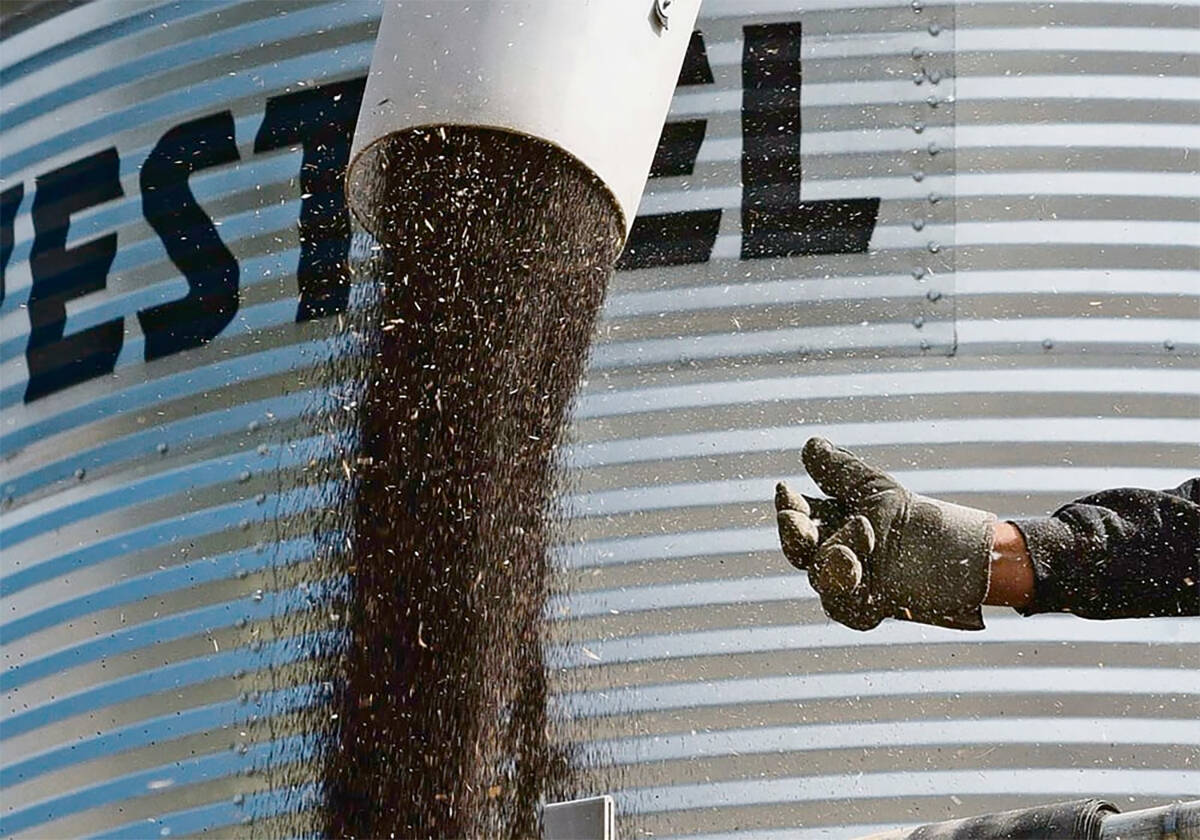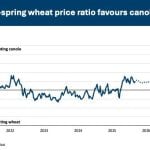KINGSTON, Ont. — Seed companies are mostly focused on traits that improve yield, fight crop disease, increase nitrogen use efficiency or improve drought tolerance.
Researchers focus on those attributes because farmers will pay more for seeds with superior agronomic traits.
However, plant scientists pay less attention to seed traits that enhance nutrition because farmers are unlikely to pay $5 more for a barley seed that improves the crop’s vitamin and mineral content.
The logic behind that decision is simple. For farmers, yield pays the bills. A crop with improved nutrition doesn’t.
Read Also

Farmers urged to be grain-safe this fall
Working around grain bins comes with risk, from farmers falling to drowning in grain: Experts have five tips to help avoid grain-related accidents this harvest.
If farmers won’t pay more, then consumers must pay higher prices if they want more nutritious grains and oilseeds, said Roger Beachy, an American plant biotech expert.
“About 15 years ago at the Danforth (Plant Science) Centre, we asked ourselves how much time should we spend on nutrition,” Beachy said during Plant Biotech 2016, a joint conference of the Canadian Association for Plant Biotechnology and the Society of Plant Biologists, which was held mid-June in Kingston.
“We knew the public wanted nutrition, but they wouldn’t pay for it. They wanted it at the same cost as a hamburger bun and they wanted all the nutrition inside.”
That reluctance to pay a premium for more nutritious food has changed over the last decade, said Beachy, who formerly served as the chief scientist for the U.S. Department of Agriculture and is known for developing the world’s first genetically modified crop in the 1980s.
As evidence of the shift, the Wall Street Journal published a story last year on the incredible popularity of nutrition bars in America.
The newspaper reported that more than 1,000 nutrition bars were on the U.S. market in 2015, compared to 200 in 2005.
The bars, which are made from nuts, dried meat, hempseed, quinoa and other novel ingredients, can be pricey, with some selling for $5 a bar. On a cost per gram basis, many bars are more expensive than steak.
However, high income American families are the main consumers of high-priced nutrition bars. The less affluent also want nutritional food but can’t pay a premium.
“The consumers are listening more to what is good nutrition … (but) it’s still cost sensitive,” Beachy said.
The nutrition issue matters because hundreds of millions of people, including millions in the developed world, don’t get enough vitamins and minerals from their diet, Beachy said.
Developing grains and oilseeds with improved nutritional content could address a portion of those deficiencies, but someone has to pay for the technology, which means paying the farmer more for healthy grain.
“How do you get consumers to pay for nutrition?” Beachy asked.
“(If we can), it will incentivize the farmer to grow a barley that has more nutrition… or peas or legumes.”
Beachy said most people aren’t ready to pay a premium for nutritious grains and oilseeds, but it will happen soon.
“It’s not going to happen tomorrow and not in five years … (but) I think it’s a transition time.”
















